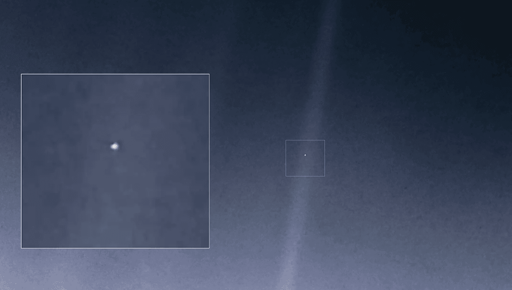still thinks has good enough ping to join the game
Hmm, what is the escape velocity of our solar system? Are the Voyagers going to fall back toward us some day?
No
Depends in where you think the edge of the solar system is. If you think the edge of the solar system is where the Sun no longer has any gravitational pull, and another star’s gravity takes over, then its going to take the voyagers another 40,000 years to escape our solar system.
To be pedantic, iirc there is no distance at which gravity stops having any pull
Well yes, I was wondering about the escape velocity not the escape distance.
The question is, are they actually going fast enough to cross that boundary and fall into another star’s gravity well, or are they going to end up orbiting our star?
they’ll escape
Makes me wonder about the harder-drive. Could you store so much data in pings to voyager that will just get returned that an entire system is “backed up” over the distance of radio waves bouncing there and back.
Someone stated that the communication speed is currently about 160 bits per second, so 20 bytes per second.
Voyager is now 1 light day away, so the signal is 86400 seconds long, since radio waves travel at the speed of light. The signal can then fit a backup of 1.7 megabytes.
20 bytes x 86400 seconds = 1.7 Mb (SI units)
This is enough to fit the entire memory bank of 26 Commodore 64s in a one way trip from the Earth to Voyager. If Voyager then returns the signal, you can simply double this.
So about 2 floppy discs. 💾 💾
That rocks! Thanks for doing that math.
No man-made object has generated so many sci-pop headlines over the years!
Other than the pyramids?
He said man-made
/s
The first besides that manhole cover from the underground nuclear test, right?
Just to be pedantic, that one most likely never made it to space, it most likely just disintegrated.
Almost certainly, but we as a species can dare to hope.
that’s exactly what I was going to bring up.
not one, but TWO.
the original cover was such a significant point of research that they not only reconstructed a whole new experiment around it, but improved upon it to make it go faster.
Do you have any proof of that? Can’t find anything about a second try.
Do you want V’ger? Cause this is how you get V’ger.









